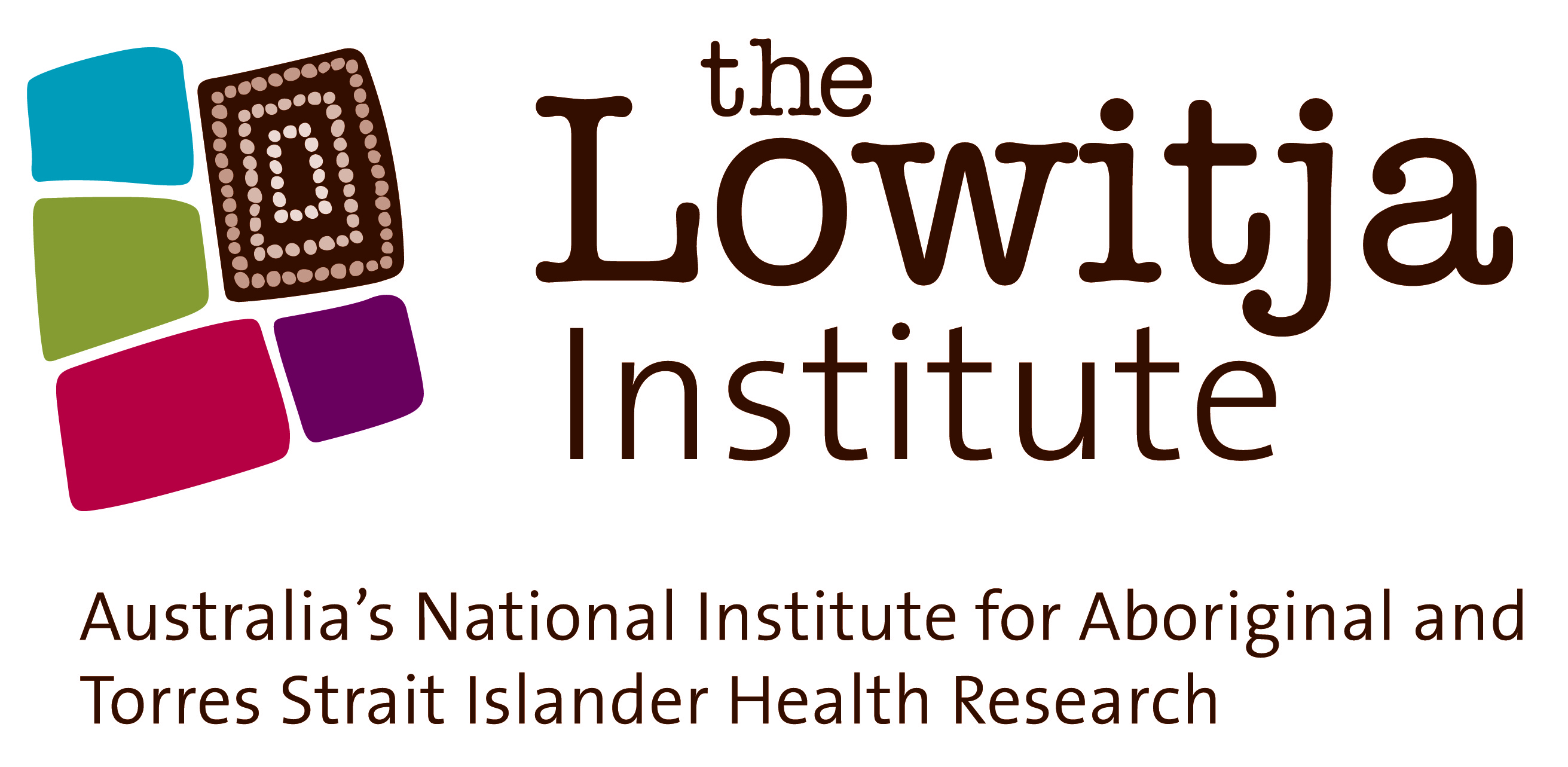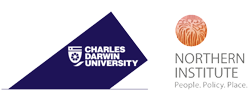Gurruṯu.. weaving through every part of life...
Gurruṯu is a complex kinship system through which every Yolŋu has a specific relationship to every other Yolŋu and to many elements of the natural world. The ways in which Yolŋu communicate will be different depending on their kinship connection and children learn these cultural rules early.
So we can tell of it (kinship system), right from when the children were in the tummy, and from that umbilical cord, where the child was inside the womb. That’s how the child will learn of our laws, amidst our care, our culture - they will learn about this original kinship system, we will teach them (Dorothy Bepuka Garrawitja, Yolŋu Elder).
From birth, everyone who has an encounter with the child - not just close family - will talk to the child about kinship connections, stating over and over what relationship they are to the child.
Family members are constantly telling the child about their connection to people, animals and places and testing their knowledge as it develops. Very often Yolŋu use the gurruṯu term, rather than a name, when talking to or about someone or something.
Solving problems through focusing on kinship connections
Emphasising connections between people involved in conflict is a powerful strategy to bring calm and resolution. Reminding those involved in conflict of their connections - often through multiple cultural systems and across generations - is done in many situations with people of all ages.
..when we're solving problems with kids or adults we always use kinship and mälk for solving serious matters - we explain to that person when he doesn't remember his family tree, respect the other person... that person will stop and feel bad because he will understand that the person is a close relation - family will use kinship connections to open the minds of the people who don't have strong identity - or respect for the other person but really they're connected - through the grandmother line.. or great grandmother line... there is always a connection to the other Yolŋu - through the songline, through the land or sea and through kinship and clan... at buŋgul kids and all people will recognise their kinship connection to every songline in the ceremony...also kinship connections to different languages.. (Läwurrpa Maypilama, Yolŋu researcher)
…you have to find a way that we all belong to each other, have connection to each other…that means we have more potential for kindness and looking after the other people (Yalŋarra Guyula, Yolŋu researcher).
Focusing on connections through kinship is an important strategy for resolving conflict, including teasing and arguments between children. In this video Gudjuk's mother is encouraging Gudjuk to tell the other child that he is that child's 'father' so that he will recognise this connection and not fight with Gudjuk.
Connecting to all of creation...
All animals, including dogs and cats, are also part of the Yolŋu cultural system. They are part of the song lines and ceremonial dances – for example, the Marurrumbu (pussycat) dance - and there are also many for dogs both Dhuwa and Yirritja. In the same way that family members explicitly teach connections to people and places, connections to animals are also an important part of teaching Yolŋu children. Explaining their kinship connection will encourage the child to respect that creature and prevent them from teasing or hurting an animal.




